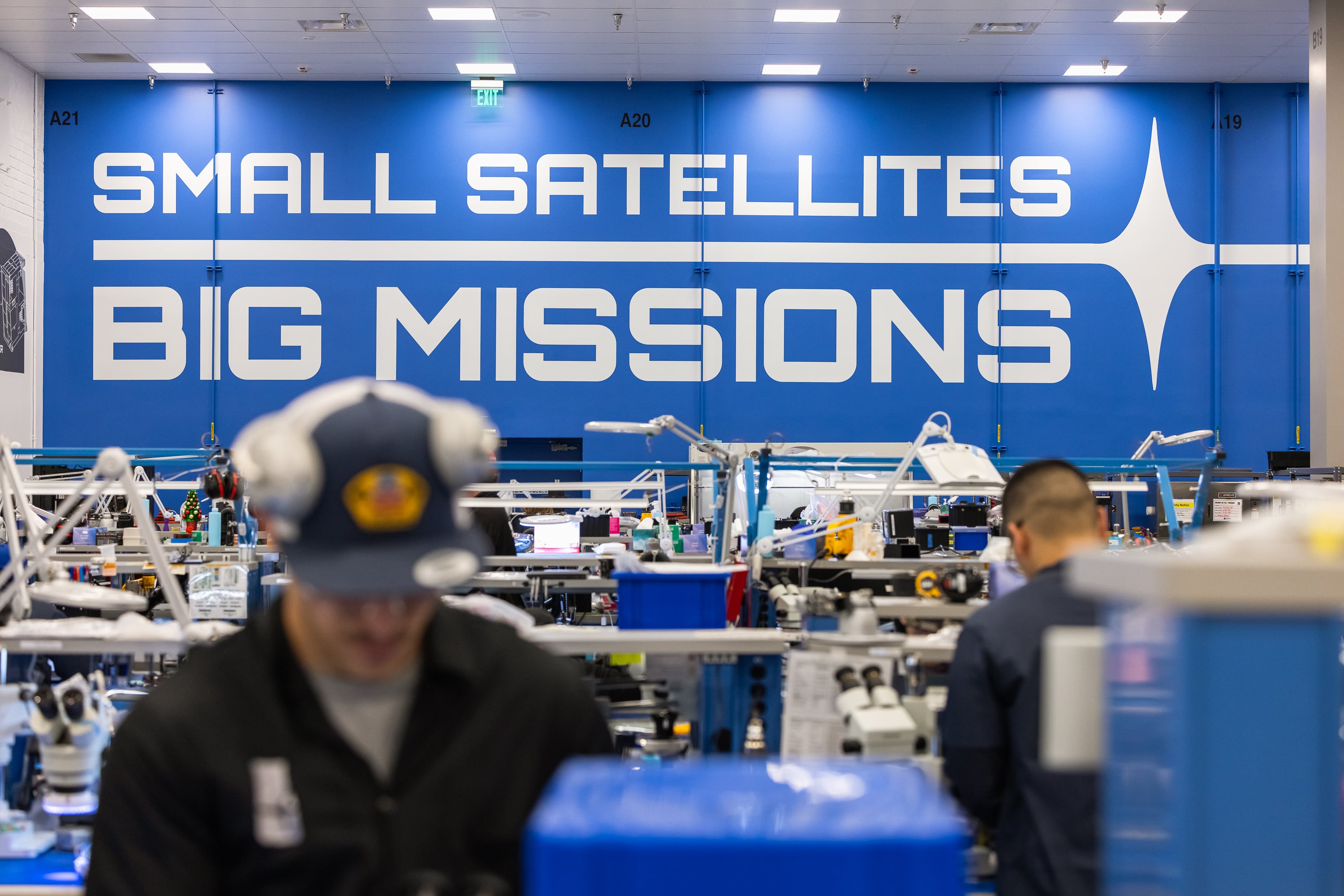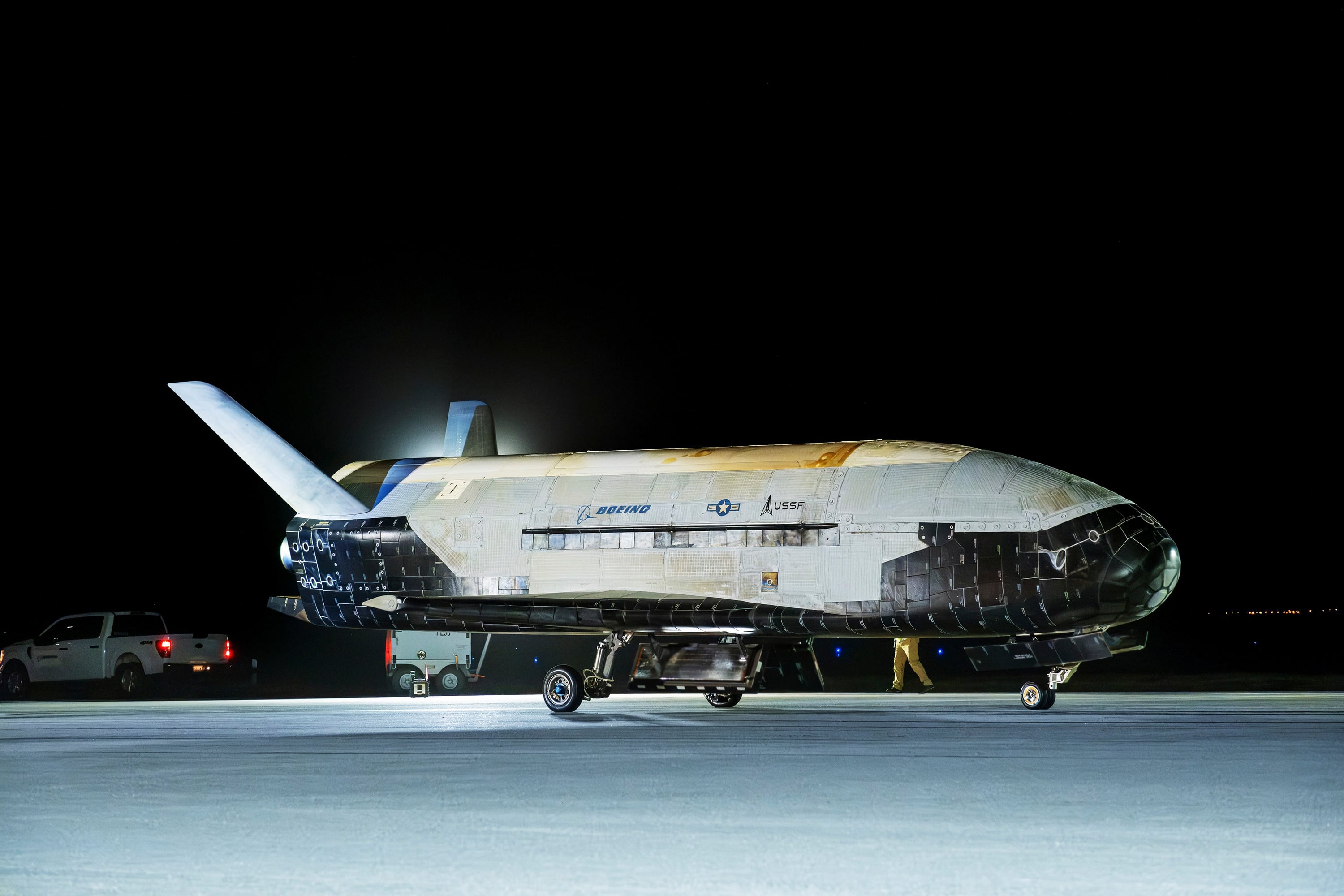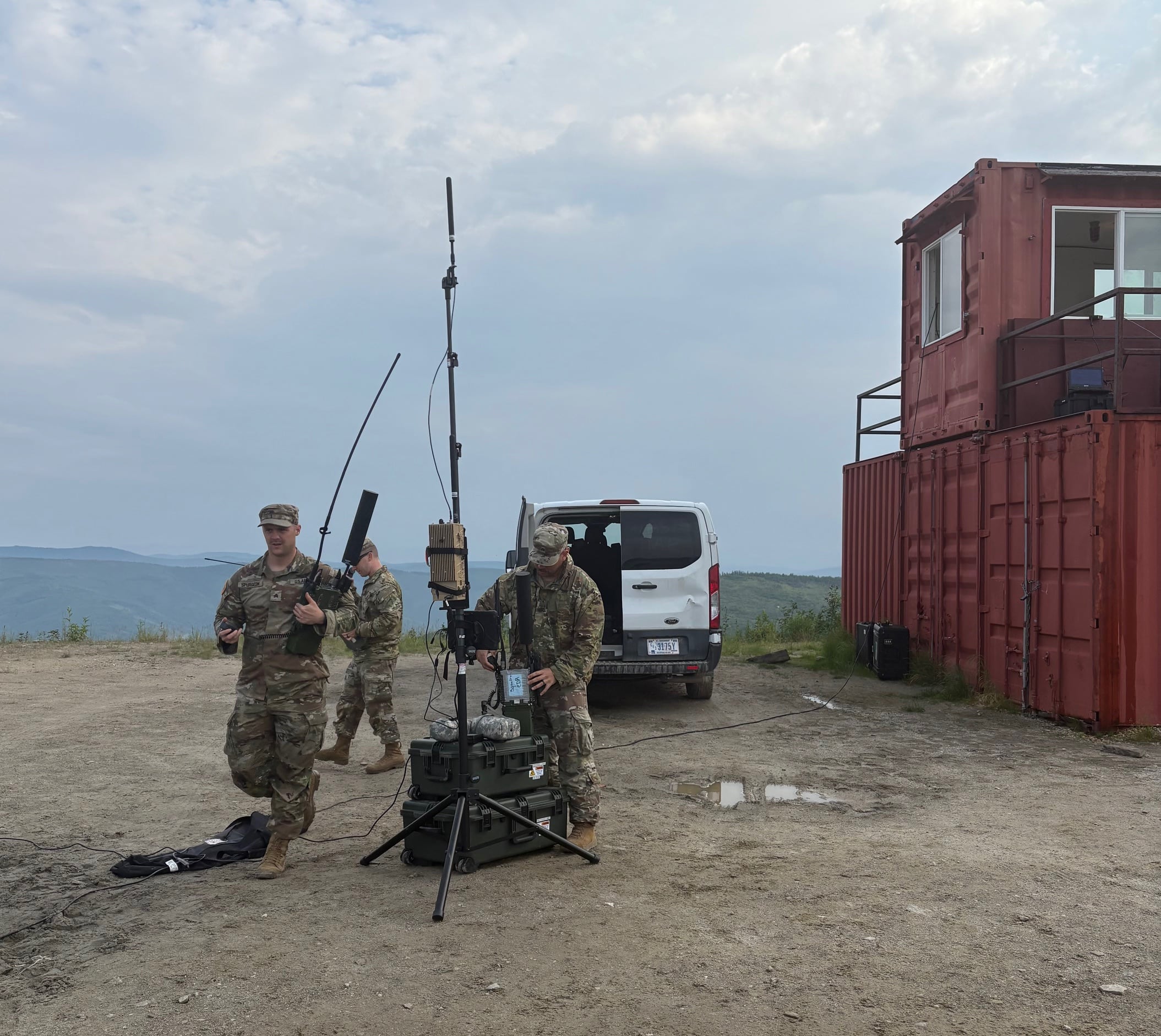The Army office that helps ensure soldiers have a clear understanding of the battlefield is getting four new program managers this summer.
PEO-Intelligence, Electronic Warfare and Sensors (IEW&S) is made up of seven program managers, who design and develop a wide range of capabilities. These include providing a persistent view of the battlefield to protecting aircrew from enemy threats. In an email to C4ISRNET, the office explained who’s coming in and who’s moving out. Here’s a recap:
Distributed Common Ground System
The DCGS is the Army’s primary method of transmitting data including intelligence, surveillance and reconnaissance information, enabling commanders to aggregate information to task battle-space sensors from multiple sources. The outgoing program manager Col. Robert Collins, who led the team since 2014, was replaced by Col. Thomas Nguyen. Nguyen took the lead as program manager July 11. His previous assignment was at the Pentagon, where he was the senior military assistant for the assistant secretary of defense for acquisition. In 2017, Nguyen earned a master’s degree in national resource strategy from the National Defense University.
Electronic warfare and cyber
This office is tasked with the development of electronic warfare, ground signals intelligence (SIGINT), cyber and tactical space capabilities. The office is working on offensive electronic warfare capabilities that jam enemy radio communications and command and control systems, as well as technologies that defend against radio-controlled improvised explosive devices. Col. Marty Hagenston, who has been the program manager since July 2015, will be replaced by Col. Kevin Finch Aug. 22. Finch is the former director of advanced concept and technology at Army Cyber Command, and served as the program manager for information warfare at PEO-IEW&S from 2013 to 2016.
Positioning navigation and timing
The mission of this team is to provide optimal and affordable PNT capabilities to the Army. The division is currently working on a number of technologies that allow for precise PNT in GPS-denied environments, such as pseudo satellites, or pseudolites, and anti-jam antenna systems. The current acting program manager, Michael J. Trzeciak will hand over the reins Aug. 30 to Col. Nickolas Kioutas. Prior to this appointment, Kioutas was the chief of staff to the secretary of the Army and Army chief of staff’s special adviser for program integration working on acquisition reform. Kioutas holds a master’s degree in Systems Engineering from the University of Alabama in Huntsville and is finishing a masters degree in strategic studies and future studies from the Army War College.
Aircraft survivability equipment
This office focuses on the development of systems that protect the Army’s and aircrew aircraft from conventional and emerging threats. For example, ASE has developed advanced infrared countermeasure detection common missile warning systems. On Sept. 6, Col. Jong Lee will transfer the lead to Col. Kevin Chaney. Chaney previously served as a military assistant to the under secretary of the Army and as a product manager for infrared countermeasures.
Daniel Cebul is an editorial fellow and general assignments writer for Defense News, C4ISRNET, Fifth Domain and Federal Times.








